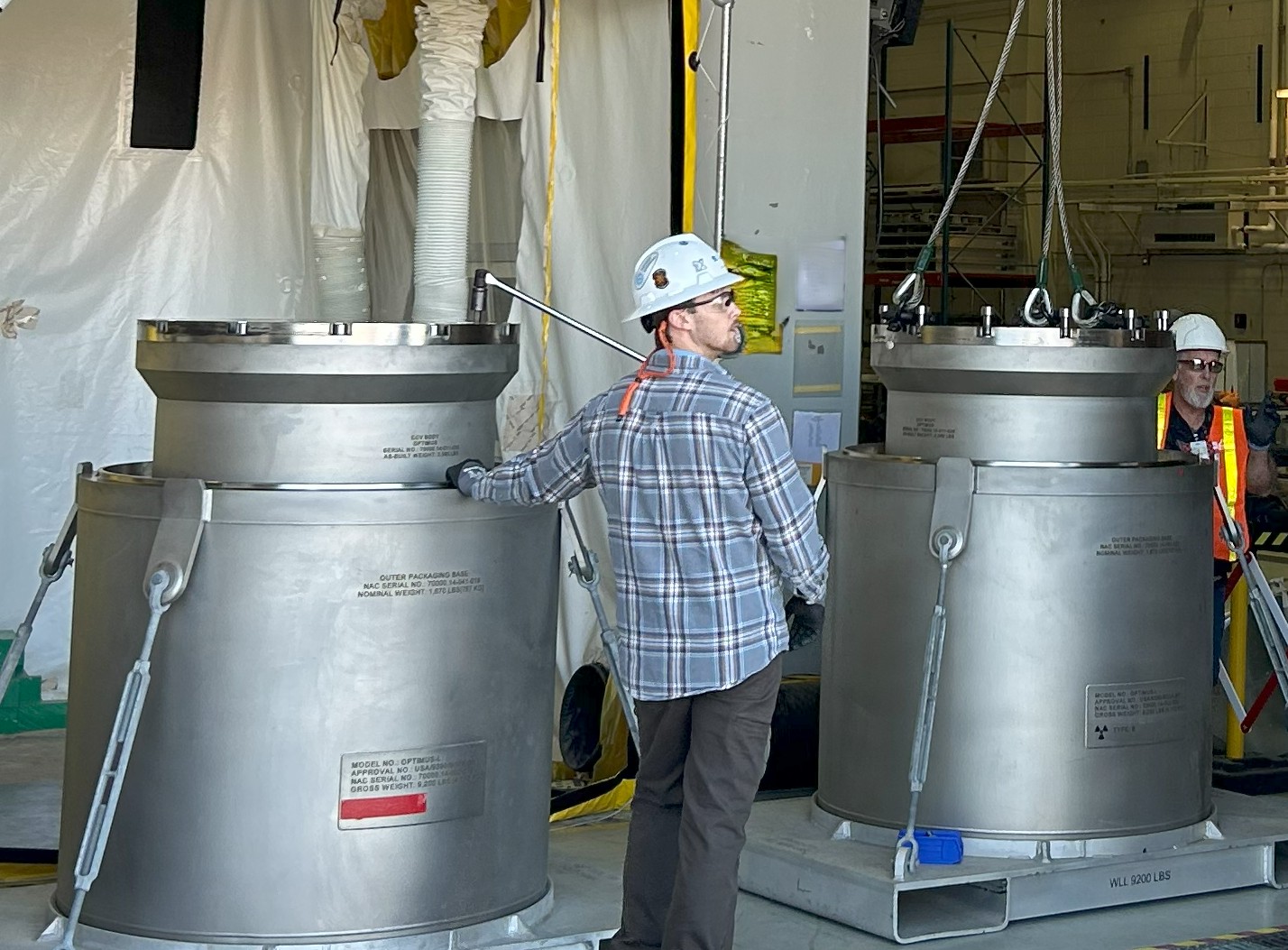Expert Panel Tackles Leading Decommissioning Challenges at Reuters Conference
Tackling the challenges of decommissioning a nuclear plant: This was the principal issue addressed by an Oct. 29 expert panel led by NAC President and CEO Kent Cole at the Reuters Decommissioning and Used Fuel and Strategy virtual conference. The panel discussion, titled The Future of Decommissioning: The Utility Perspective, was one of the event’s opening sessions.
Introducing the subject, Cole said: “Despite its consistently strong operational performance and safety record, and its obvious position as an essential part of any serious climate change solution, nuclear power plants are being permanently shut down, largely in deregulated energy markets, due to economic competitiveness.
“With many plants having recently shut down and more at risk, it is timely for us to discuss the nuclear power plant owner (or utility) perspective on ‘The Future of Decommissioning.’ Our panel today provides direct experienced-based insight on the decommissioning perspectives for future considerations.”
Joining Cole were three leading participants in the decommissioning of nuclear facilities. They provided their insights in decommissioning strategy, planning, and execution.
The first panellist was Jeff Dunlap, Exelon’s manager of Spent Fuel and Decommissioning. He focused on the need for flexibility in decommissioning methods and business models, given the site-specific nature of decommissioning projects.
“Many factors need to be considered when determining the appropriate course of action, including fund status, site reuse, status of fuel storage, other units on site, and state and local stakeholder interests,” Dunlap said. He emphasized that Exelon’s focus is on risk reduction on the one hand, and regulatory certainty on the other.
Gerry van Noordennen, senior vice president of Regulatory Affairs for Energy Solutions, then provided a first-hand perspective from his experience supporting decommissioning for multiple customers. He noted the complexities of power plant operations, comparing these to those encountered in making shutdown decisions.
In particular, he noted the impact that the process of transitioning an operating plant to a decommissioning project has on plant employees and other local stakeholders. The key to navigating the process, van Noordennen said, is detailed planning once the decision is made to shut an operating plant down permanently. Such planning saves time and resources, he stressed.
The final panellist was Mike Callahan of Government Strategies Incorporated. He shared insights from almost two decades of representing the Decommissioning Plant Coalition, an advocacy organization focused on issues unique to decommissioning nuclear power plants.
Callahan highlighted recent examples of establishing a clear path forward for the sale and transfer of decommissioning sites such as Vermont Yankee and Pilgrim. He also discussed potential sources of new funding for decommissioning communities, which apply to redevelopment planning and Community
Action Boards, and suggested that the efforts to provide such funding need to be accompanied by renewed efforts to remove the spent fuel from our sites.
The panel closed with a lively question-and-answer session with conference attendees interested in specific aspects of regulation, funding, legislation, and other issues related to decommissioning



